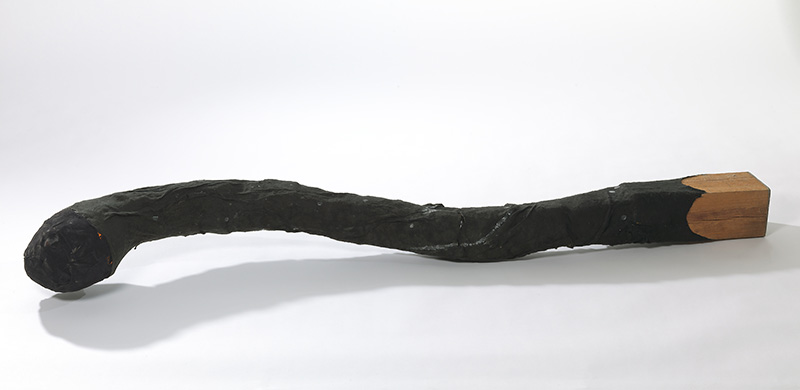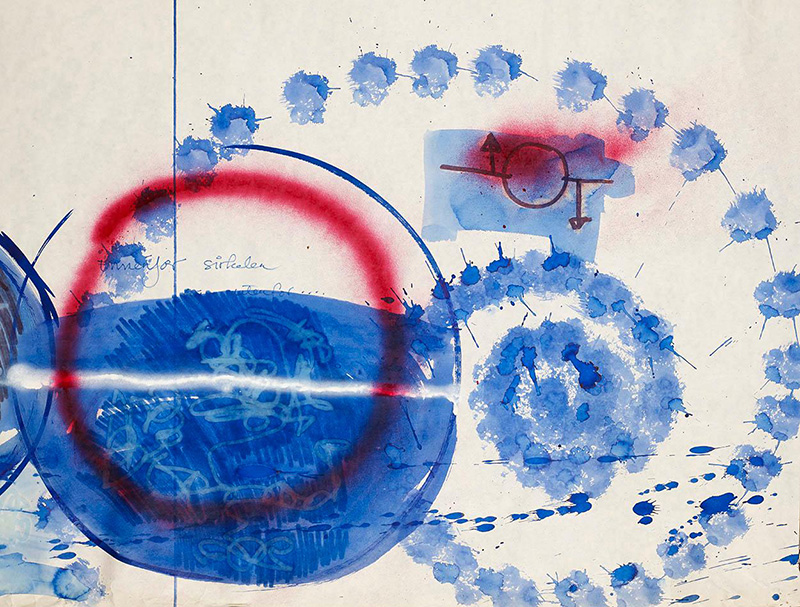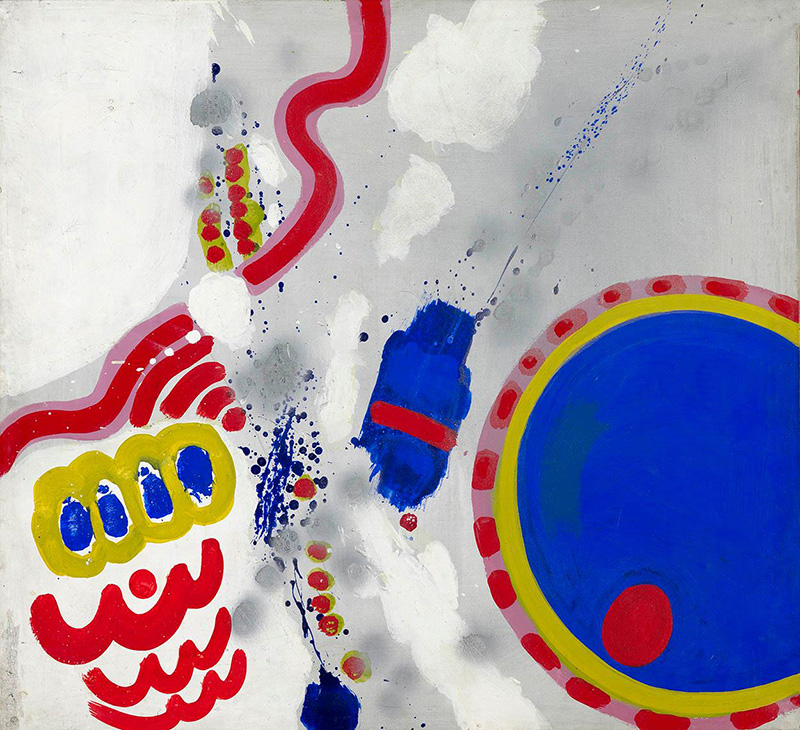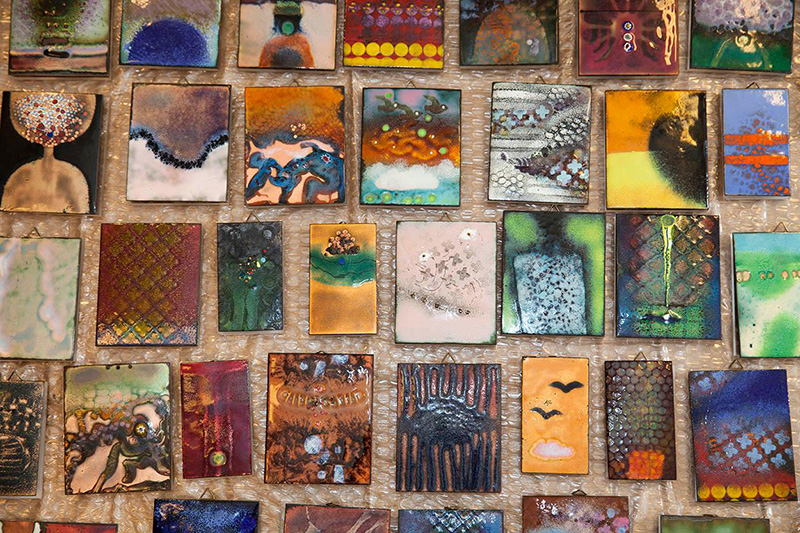ART-PRESENTATION: Sidsel-Paaske On the Verge
 During her career, Sidsel Paaske expressed herself through many different techniques and media forms, such as watercolour, painting, textile, enamel, music, text, book illustrations, sculpture, and jewellery. Her sculpture “Brent fyrstikk” (1966) has been described as Norway’s first example of Pop Art. A variation on the same motif was created 21 years later by Claes Oldenburg, the father of American Pop Art.
During her career, Sidsel Paaske expressed herself through many different techniques and media forms, such as watercolour, painting, textile, enamel, music, text, book illustrations, sculpture, and jewellery. Her sculpture “Brent fyrstikk” (1966) has been described as Norway’s first example of Pop Art. A variation on the same motif was created 21 years later by Claes Oldenburg, the father of American Pop Art.
By Efi Michalarou
Photo: Museum of Contemporary Art Oslo Archive
The new exhibition at the Museum of Contemporary Art in Oslo, is titled “On the Verge: Sidsel Paaske (1937–1980)” and examines how such a complex and ground-breaking artist as Sidsel Paaske could end up being so overlooked in Norwegian art history. Ever since she began her artistic career in the early ‘60s, Sidsel Paaske was intensely open to new impulses, whether African art, Norwegian folk music, objets trouvés, or unconventional materials. She held over ten solo exhibitions before her untimely death. She was a member of the Gruppe Gullfisken and the Skippergata artistic community, an active participant in art politics, and a feminist, Paaske was a central figure in Oslo’s art scene from 1965 to 1980. When she suddenly passed away at the age of 43, she had already managed to hold over ten solo exhibitions and participate in just as many group exhibitions. She had also sung with the American jazz great Don Cherry and created set designs and other visual effects for the Norwegian musicians Arne Nordheim and Jan Garbarek. There was not a single mention of Paaske when volume 7 of Norsk Kunsthistorie, the standard Norwegian art historical reference work, was published only three years after her death. Despite the fact that she was editor of the Norwegian art periodical Billedkunstneren from 1978 to 1980, the only mention in the magazine of her passing was a brief poetic lament under the heading “Sidsel Paaske is dead”. The poem was signed “Gro”, and was a personal tribute from Paaske’s fellow artist Gro Jessen. The new editor did not include either a formal statement nor obituary. Not until 1989, 9 years after her death, there was a memorial Sidsel Paaske exhibition. The Curator, Stina Högkvist has undertaken a systematic review of all of the extant material left behind by Paaske. A large part of this material became available when Paaske’s son, Carl Størmer, literally emptied his cellar of all the items he had inherited from his mother and transported them to the Museum of Contemporary Art. This vast collection of material, including letters, posters, diaries, photograph albums, sculptures, jewellery, illustrations, music, sketches, collages and paintings spans the period from Paaske’s early childhood until her death. The exhibition also includes works by seminal artists as: Claes Oldenburg, Henrik Olesen, Harriet Backer, Christian Krohg, and Jean Heiberg
Info: Curator: Stina Högkvist, The Museum of Contemporary Art, Bankplassen 4, Oslo, Duration: 21/10/16-26/2/17, Days & Hours: Tue-Wed & Fri 11:00-17:00, Thu 11:00-19:00, Sat-Sun 12:00-17:00, http://nasjonalmuseet.no



